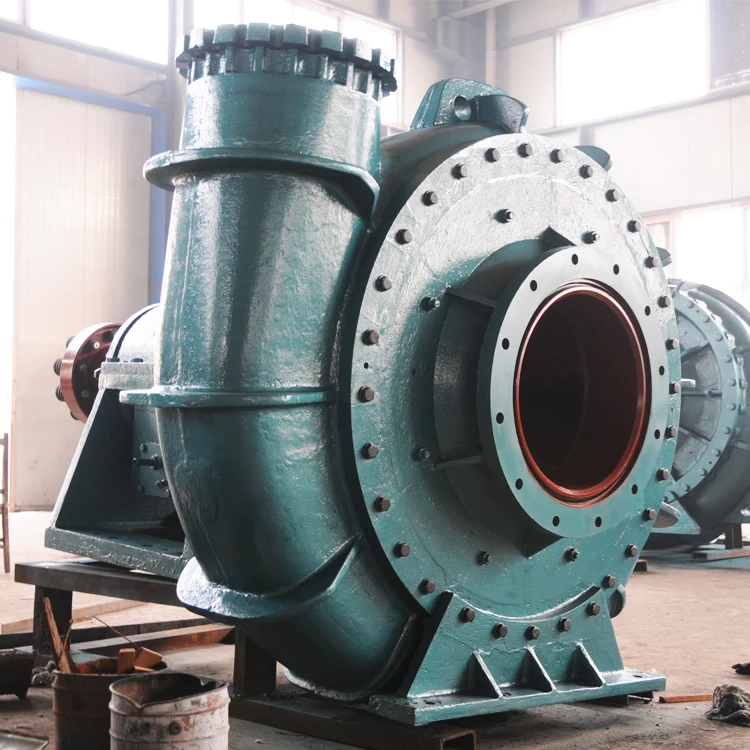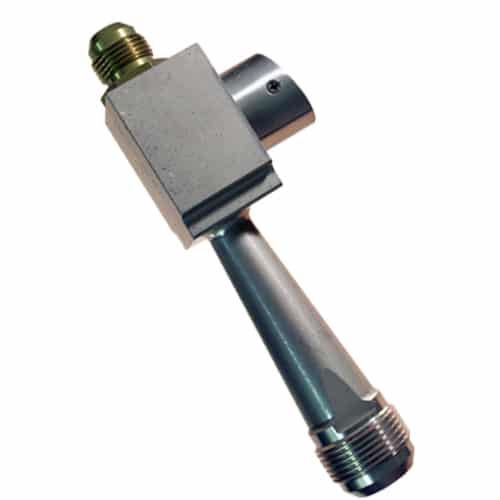
EJECTOR PUMPS PRO
Unlike most other macerating pumps, the SaniGRIND Pro offers an actual grinding system.
EJECTOR PUMPS FULL
Designed to offer full plumbing functionality up to 25 feet below your sewer line and up to 150 feet from a soil stack, this unit can handle the output from your tub, shower, toilet, sink, and washing machine.
EJECTOR PUMPS INSTALL
If your mission is to install a full bathroom, the SaniGRIND Pro is an excellent choice. Whether you’re installing a new toilet pump or overhauling the one you already have, these five pumps are excellent options: Need a Basement Bathroom Pump for your toilet system? Here are 5 Great Options Here’s our list of the five best pumps on the market right now, and what you can look forward to with each. Remember that the Saniflo toilet system and its toilet tank products are easy to install. Whatever the case may be, there are plenty of great options for basement toilet pumps on the market right now. If your drains go out through the wall of the foundation, then you will most likely have overhead sewers.Looking for a new basement toilet pump? Maybe you’re interested in a basement bathroom ejector pump or have an old basement pump you need to swap out for something new. If your home has the main drains going down into the floors, you have underground gravity sewers. The two methods are underground sewers and overhead sewers. Since the point where these slabs of concrete come together is not a water tight jointAnytime we have water below grade, we have to give it a way to get out of the house. First the footing is poured and then the foundation is poured on top of that. Footings, basement floors, and foundation walls are not poured at the same time. Our foundations are walls designed to support the structure resting on it and the soil on the outside. When we make holes in the earth, water will want to fill that hole. I honestly don’t think is will ever be needed again, but it is there should the great tidal wave come.īasements are holes in the earth. That thing went 9 months without a pump in it during construction. We did install a perimeter drain tile and a sump pit. Our basement only received water one time and I swear it rained so hard, I was looking for Noah’s ark. I should also confess, that when I do inspections in older homes that do not have sump pits, AND I don’t see any signs of water entry, it is hard for me to justify someone spending close to $3,000.00 ($10,000 for the larger companies that you see their advertising) for a water control system. I do believe that every home should have a sump pump. But me, I am one of those better safe than sorry guys. Depending how deep your basement/crawlspace is and how well the area around your home drains away rainwater you may not need one at all. There is water beneath the entire Chicagoland area.

Items that may be common to flush down most toilets such as cottons, nylons, dead animals and other materials that I just don’t feel comfortable mentioning here may damage these pump and should not be flushed down these toilets. No, it is important that only fecal matter and toilet paper get flushed down toilets that utilize the ejector pump. There is no screen/strainer on the bottom to stop the solids from entering the bottom. Ejector pumps are designed to take solid waste like fecal matter and toilet paper, grind it up and pump it out.

Since only rain water is supposed to go into a sump pit, the sump pump will have a screen/strainer on the bottom to prevent debris from getting into the pump and damaging the impellers. There is an ejector pump inside that is supposed to pump that waster material into the raw sewerage.

An ejector pit collects inside water from below grade bathrooms, laundry, floor drains, humidifiers and HVAC condensation drains. There is a sump pump inside the pit that is supposed to pump that water to the exterior of the house or into a storm sewer.

What is the difference between a sump pit and an ejector pit?Ī sump pit collects outside/ground water that may enter the basement through cracks or gaps in the floor or wall. Sometimes it is easier to answer a few of the more common questions I get during a home inspection. Since these areas are below grade, any water that gets to these areas needs to be pumped out of the area and properly disposed. Most of the homes in the Chicagoland area have below grade areas such as basements and crawlspaces.


 0 kommentar(er)
0 kommentar(er)
